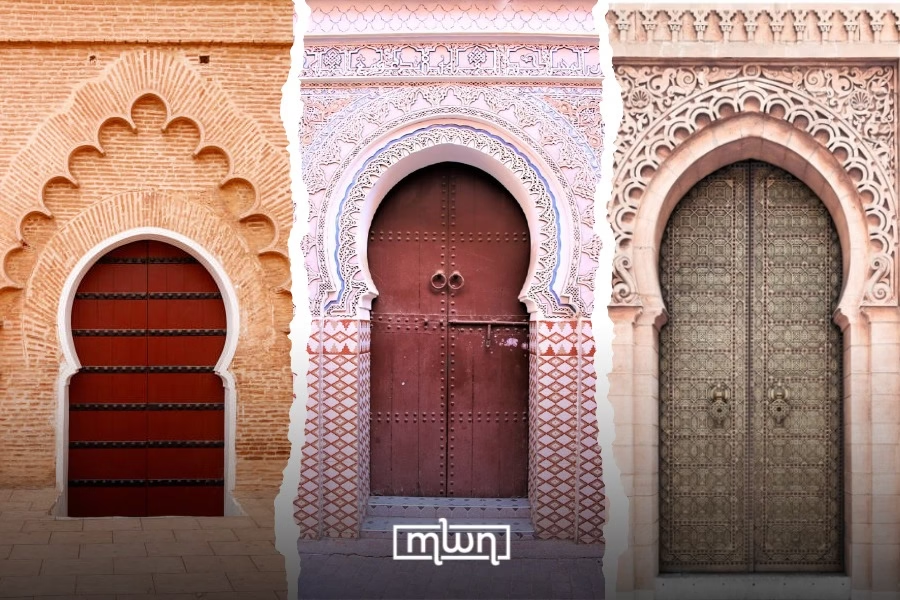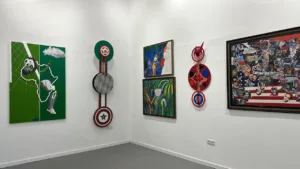Behind every carved door in the medina lies a history shaped by craft and culture.
Fez – In the heart of Marrakech’s old city, the traditional doors of homes are more than architectural elements; they are part of the city’s identity.
With their beautiful designs and historical layers, these doors offer a glimpse into Morocco’s rich cultural and artistic traditions.
While Marrakech is known for its historic landmarks, lively markets, and welcoming atmosphere, the doors of its traditional homes add another layer to its charm.
Whether in the narrow streets of the medina, inside a restored riad, or at the entrance of a museum, each door reflects generations of craftsmanship and attention to detail.
According to Al Jazeera, Architectural historian Mohamed Jamal Eddine Benaatia explains that what many call the “seven-centered arch” is, in fact, part of a much more complex tradition.
According to him, Moroccan doors include a wide range of arch types based on geometric principles.
These include circular arches, pointed arches with two or four centers, and others based on dividing a reference line into five, six, or seven parts, each producing a distinct form.
The decorative elements that accompany these arches are also diverse. Some doors feature what is known as a “basket-handle arch,” while others include overlapping circular shapes or carvings inspired by natural forms.
Styles like the “mukhawassar,” “rakhwi,” and “kharsana” each have their own visual vocabulary, often appearing in both stone and wood.
What stands out is the high level of skill involved in creating these doors. One example Benaatia highlighted is the entrance to the historic Ben Youssef Madrasa.
The door’s complexity demonstrates how master craftsmen worked within strict decorative rules while finding creative solutions to architectural challenges.
Read also: Inside the 15 Biggest Announcements from Google I/O 2025
These doors are not only found in private homes. Their form is rooted in the larger tradition of city gates, seen in cities like Meknes, Rabat, and Fez.
Historian Hicham Al-Ahrash points out that while house doors do not have towers like city gates, they often feature a type of structure on either side known as a “crown,” which visually balances the entrance.
Most traditional house doors in Morocco are made of wood, framed with carved stone, and include a smaller opening known as a “khokha” or “ferkha.”
This smaller door is used daily, while the full door is opened during social events to welcome guests, a gesture that signals hospitality and openness.
The design of these doors protects the privacy of the home. Entrances usually include a turn or barrier after the door, preventing direct views into the house.
Despite this focus on privacy, visitors are often welcomed warmly once invited inside.
In many restored homes that now serve as guesthouses or cultural spaces, these traditional doors have been preserved and maintained, thanks in part to the efforts of heritage specialist Abdellatif Ait Ben Abdellah.
His restoration work in Marrakech has helped ensure that these doors remain an active part of the city’s visual and cultural landscape.
From the choice of wood to the carved patterns and structural form, each door in Marrakech tells a story of knowledge passed down through generations.
They remain a quiet but powerful presence in the city, bridging the past and present through craftsmanship, design, and meaning.
















